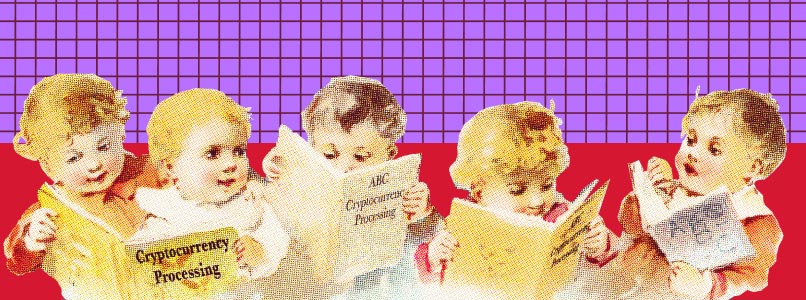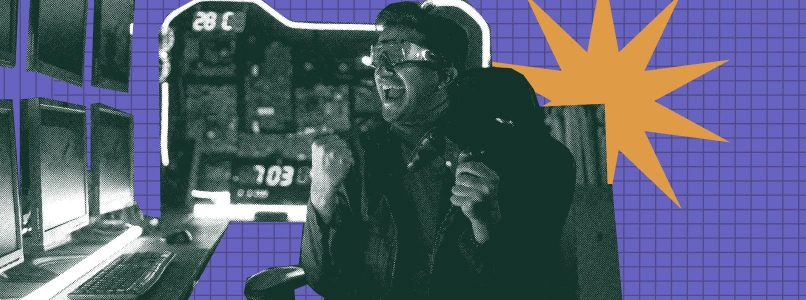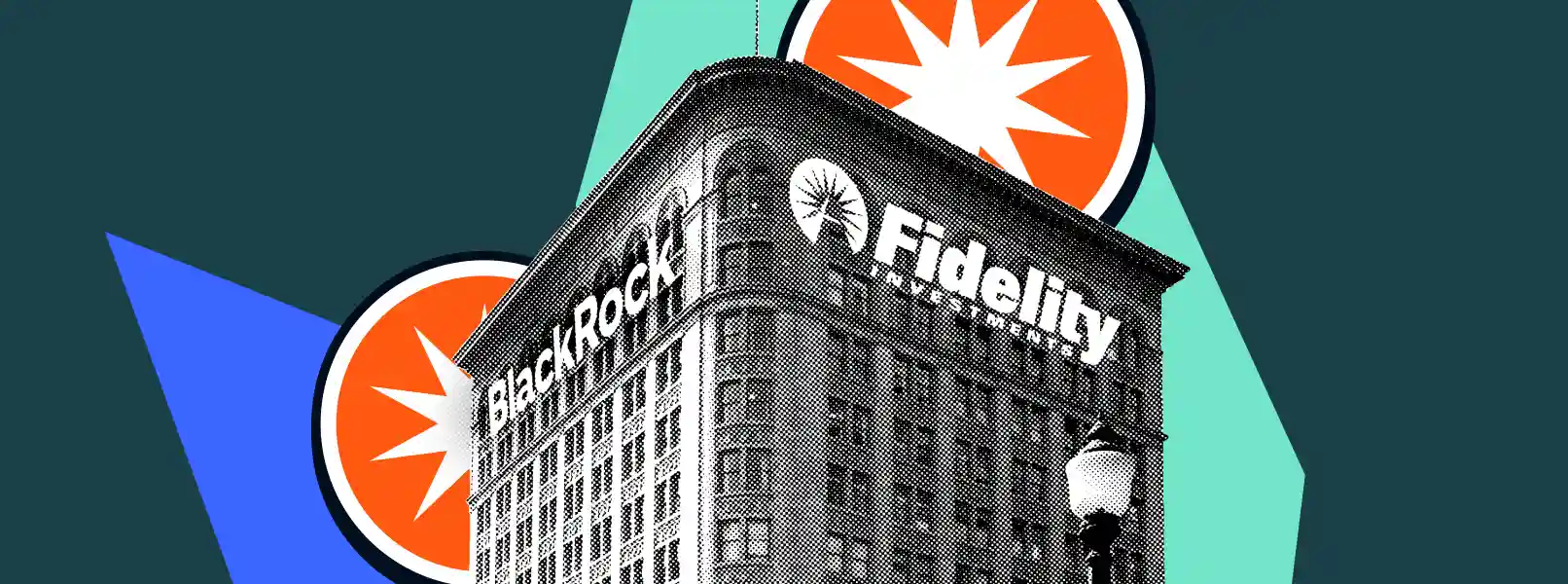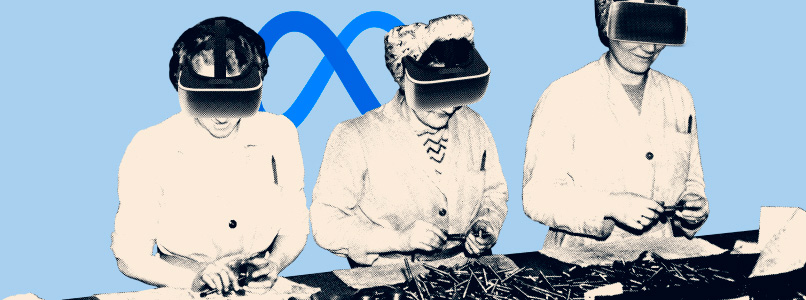We all remember one of the biggest economic collapses two decades ago when the US stock market crashed due to an asset valuation bubble of unviable Internet startups. Not only did unprofitable startups go bankrupt at that time, but this bubble bursting even hit successful companies that had established business processes and were good at generating profits.
You are probably wondering why we are bringing this up 22 years later? The truth is that many experts are now finding some similarities with the current situation. We decided to carry out a deeper analysis of the dot-com crisis. Perhaps past mistakes will help us cope with crises in the future. So, let’s get down to business.
The Internet of the 90s: Beta Technology
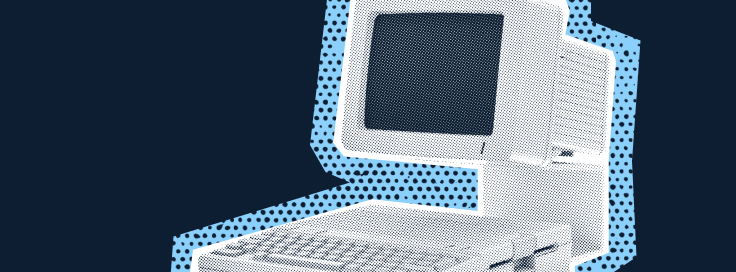
The first half of the nineties of the last century was marked by the active development of Internet resources. At that time, more and more people in the world’s developed economies bought home computers, while many companies moved into the digital space. A company without an Internet address was perceived as “not respectable” at all.
This was the time Internet-related companies boomed (the eBay online auction, the Amazon online bookstore, search engines such as Google, Yahoo, etc.).
It is important to understand that at that time, many people were in a state of euphoria and anticipation of the opportunities that the World Wide Web would provide them in the near future. The biggest optimists were investors who put huge sums into unknown startups. According to Investopedia, in 1999, about 39% of US venture capital was concentrated in Internet companies with significantly inflated capitalization. Such companies were founded almost every day.
Their primary strategy was “grow fast or die.” The founders of such startups did their best to raise as much investment as possible and use it for advertising and brand awareness to raise even more funds in the future. They did not bother about establishing business processes, finding profitable niches, or making a profit.
In January 2000, at the height of reckless spending, 14 Internet startups were able to afford the most expensive TV commercials during the Super Bowl, the most significant sporting event in the United States. Two months later, the stock market experienced a sharp historical collapse.
Harbingers of Collapse
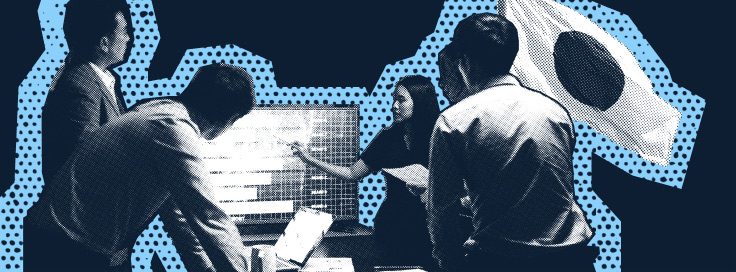
Obviously, the bubble was inflating, and it would have burst anyway sooner or later. Some crucial events in the world made it happen sooner. The first sign of the inevitable collapse was the news that Japan (the world’s second-largest economy, at the time) was going into recession. This led to panic selling in technology stocks, which were particularly vulnerable whichever way the worsening global economic climate would turn.
Some smart and quick-moving companies, such as Deli, realized this earlier than others: the market had reached its all-time high, and nothing good was on the horizon. So, they began to sell their shares. Other investors noticed this and followed, turning this trend into a snowball.
In addition, in 2000, the FED increased the key lending rate, which reduced investment capital. Amid these events, many investors began to realize that the lion’s share of dot-com startups had not learned how to generate profit.
Life after the Bubble

After the bubble burst, many promising startups were left with no money. This sector of the economy was completely devastated. Even companies that actually could generate profits due to their efficient business models suffered enormous losses.

NASDAQ chart 1996 – 2012. Source: Tradingview
The creators of some dot-coms faced lawsuits accusing them of financial fraud and defrauding investors. Some banks, for example, Citigroup and Merrill Lynch (now Merrill,) had to pay fines to defrauded investors.
It took 14 years for the market to recover after the collapse. That is, people who bought stocks in March 2000 only reached zero net profits in 2014.
Are We in Another Bubble?

Every bubble is an accumulation of debt. To date, the corporate debt looming over the global economy has reached an all-time high totaling over $300 trillion. As of June 2022, total U.S. government debt reached $30.56 trillion, while intra-government holdings were just slightly more than $6 trillion.
The current system of capitalism does not work for the vast majority of people; it only serves some large investors, and now we’ll try to explain what that means.
It all started when state-owned banks around the world began printing trillions of dollars, hoping to jump-start the economy. Banks used this money to buy bonds, putting huge sums into the hands of large investors. These investors were supposed to spend the money and stimulate the consumer economy, which, in turn, would help create jobs. However, it did not work, and the reason is simple: the investors who received this money did not want to spend it, and instead preferred to reinvest it. As a result, they began to invest the funds received, pushing the market to new heights. While wages in the real economy were stagnating, stocks were hitting all-time highs before the coronavirus pandemic.
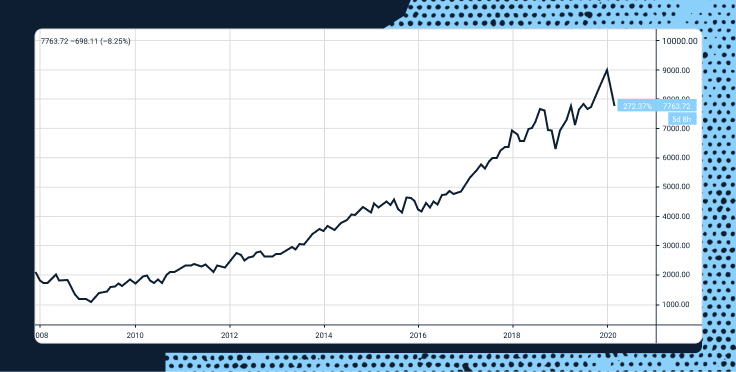
NASDAQ chart 2008 – 2020. Source: Tradingview
One of the world’s biggest investors, Ray Dalio, believes that a company’s share price no longer accurately reflects the reality of its business model and income. Today’s market movements depend on investors’ expectations from central banks (such as the FED) to make significant cash infusions.
There is so much money in the bond market that investors are willing to take fewer profits. As a result, many government bond yields have dropped to zero or even lower. There are many cases of negative interest rates in the EU, which means that the lender gives money and pays interest on it to the borrower. Investors are pushed into negative interest rates, earning fewer returns while still having a lot of money on hand. Thus, we have a scheme where capital circulates from banks to large investors and back, passing by ordinary people.
On top of that, today’s gap between the rich and the poor is huge, and this gap keeps on growing. Many experts believe the situation will only get worse because governments worldwide keep on borrowing huge amounts of money.
2022 — The Point of No Return

For the third year in a row, the world economy is undergoing a real stress test. In January 2020, the world faced a pandemic that turned everything upside down. Covid-19 paralyzed many sectors of the economy and forced billions of people to adjust to new living conditions.
Due to the pandemic, the economic activity of many states dropped for more than two years, which affected investment activity, employment dynamics, and the population’s well-being.
Two years of quarantine passed, and the world began to recover from the crisis little by little. Then, on February 24, for the first time since 1945, the world faced a full-scale conventional war in the center of Europe. It’s impossible to imagine what consequences it will bring to the world because it will literally affect all of us.
As mentioned above, inflation has become one of the main threats to many countries around the world. Even before the full-scale war in Ukraine, inflation was snowballing against the background of an imbalance of supply and demand, and the surge in the cost of raw materials.
Leading economic experts are pessimistic about the near future. This means we have to get used to inflation and all the troubles it causes because it will keep on increasing. In the USA, inflation has reached its highest level since 1982.
Besides the food and energy crisis, which we’ve touched on slightly in this article (because this topic requires a separate discussion,) we may face a complete redistribution of markets on a geopolitical level. A “tectonic shift” of this magnitude entails increased volatility and long-term efficiency losses. It radically breaks supply chains and the rules of the global economy that have existed for the past 77 years.
Wrapping up
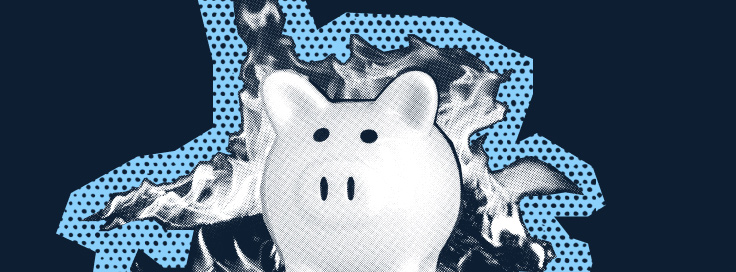
So, what does the current situation look like?
- two years of a global pandemic;
- record levels of inflation;
- impending food and energy crisis;
- imminent recession and possible collapse of the global economy, the onset of the Great Depression 2.0.
The latter may speed up the beginning of a new collapse of traditional markets, which have been brewing for many years. We face a similar situation as we did 22 years ago, however, today’s crisis is much more severe than in 2000.
In the short term, the cryptocurrency market will follow the movement of stocks. Still, as the industry evolves and new uses appear, it has a chance to become an independent player. In any crisis, capital seeks a “safe haven” (precious metals, food, cryptocurrencies).
All of us should understand one simple thing: the sooner the war in Ukraine ends, the fewer medium- and long-term consequences the global economy will face.


